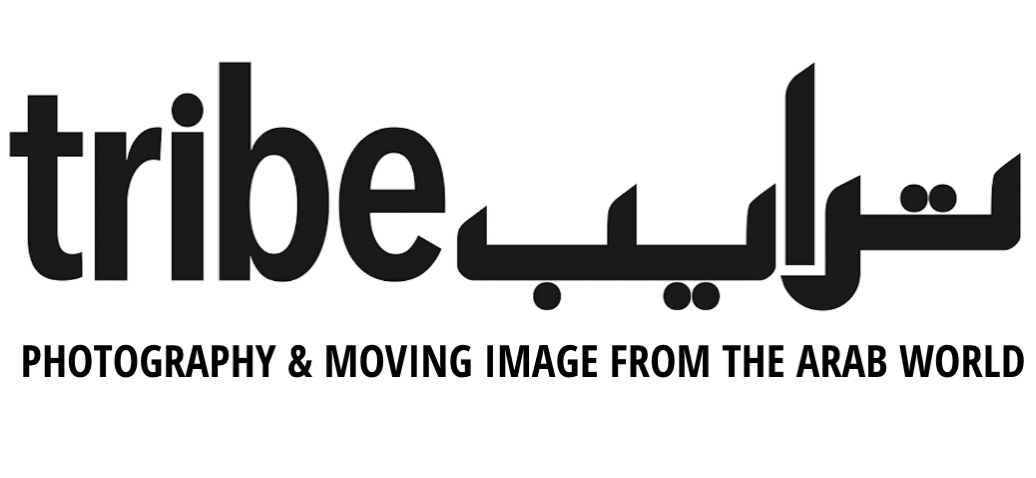I Am: Building bridges
Challenging regional stereotypes
Alia Ali; Ahaad Alamoudi, Land of Dreams. Courtesy of the artists and Caravan.
With text by Tim Cornwell, arts writer.
Conflict art, the so-called ‘art of resistance,’ seems to define much of the Middle East art scene at the moment— whether it is Palestinian artists skewering Israel, or newer artistic protests aimed at the authorities in Syria or Egypt. Photography in I AM, an exhibition of Middle Eastern women artists’ work, challenges regional stereotypes.
The exhibition is the latest touring show from Caravan, a non-profit interfaith organization originally launched in Cairo by Reverend Paul-Gordon Chandler in 2009 with the goal of using art to build bridges between ‘creeds and cultures,’ not divide them.
Thirty-one Middle Eastern artists feature in I AM, this year’s offering, devoted entirely to women artists. Eight are photographers—nine, if you count an enchanting digital print by the well known ‘photo artist’ Nermine Hammam in the line-up. The exhibition opened in Jordan, under the patronage of Her Majesty Queen Rania Al Abdullah, and tours to London in Summer 2017 and the United States in 2018.
What is peace-building art that brings people together? It’s easiest to define by what it’s not –angry, anguished, inflammatory, violent. The London venue for I AM is St. Martin-in-the-Fields, the famous church on Trafalgar Square known for work with the young and homeless. The show will tour US churches too, aiming to show a more peaceful side of the Middle Eastern and Muslim world in hinterland America.
Art critics have not been kind to Caravan shows in past years, the standard was uneven. But I AM raises the bar much higher, with art that squarely challenges preconceptions about women form the region. Curator Janet Rady was determined to move away from clichés, avoiding veiled shoppers or calligraphic art. There are iconic, powerful personalities, as in Hammam’s tribute to Egyptian singer Oum Kalthoum. One favourite was Eden , a digital montage by Egypt’s Marwa Adel, winner of the Best Arab Photographer in the Emirates Photography Competition. A black-and-white piece, it shows the artist herself, robed in black, suspended, as if on air, looking up to the branches of an lznik-style tile wall. It is a pose both peaceful and defiant.
The selected artists were asked, if possible, to supply new work that “should all subscribe to our theme or mission,” said Claire Marie Pearman, Caravan’s Programme and Development Coordinator. It is “the interfaith aspect of using art to break down barriers and build bridges.” That has not stopped them being provocative, and particularly on women’s roles, often using their auto-portraits. Yemeni-Bosnian Alia Ali shows herself bound up in heavy fabric, woven from newspaper, a faceless female figure, robbed, silent and accusing. “You don’t know who it is or what it is—you superimpose your own prejudice on it and which reflect back at you,” says Pearman.
Lalla Essaydi, from Morocco, shows a woman standing against a glittering golden wall with trouser suit and gridle to match—but in her trademark style both wall and floor are made from bullet casings. By contrast, Sanaa-born Boushra Amutawakel shows an untitled triptych of a striking woman in a Yemeni hijab of brilliant colours in the traditional prayer poses of the three Abrahamic religions. This was inspired, apparently, by the argument that both make-up and the veil mask a women’s identity.
Saudi Arabia’s Ahaad Alamoudi, a Master’s student at the Royal College of Art in London, shows Land of Dreams, an installation set within the Saudi desert with pictures of the celebrity Emirati singer Ahlam Alshami in glitzy Kardashianesque poses.
Palestinian artist Raeda Saadeh portrays a woman with eyelashes pouring out of her eyes down to her neck, weighted down with a host of tiny keys, but with an ambiguously satisfied expression that resembles the Mona Lisa’s smile.


